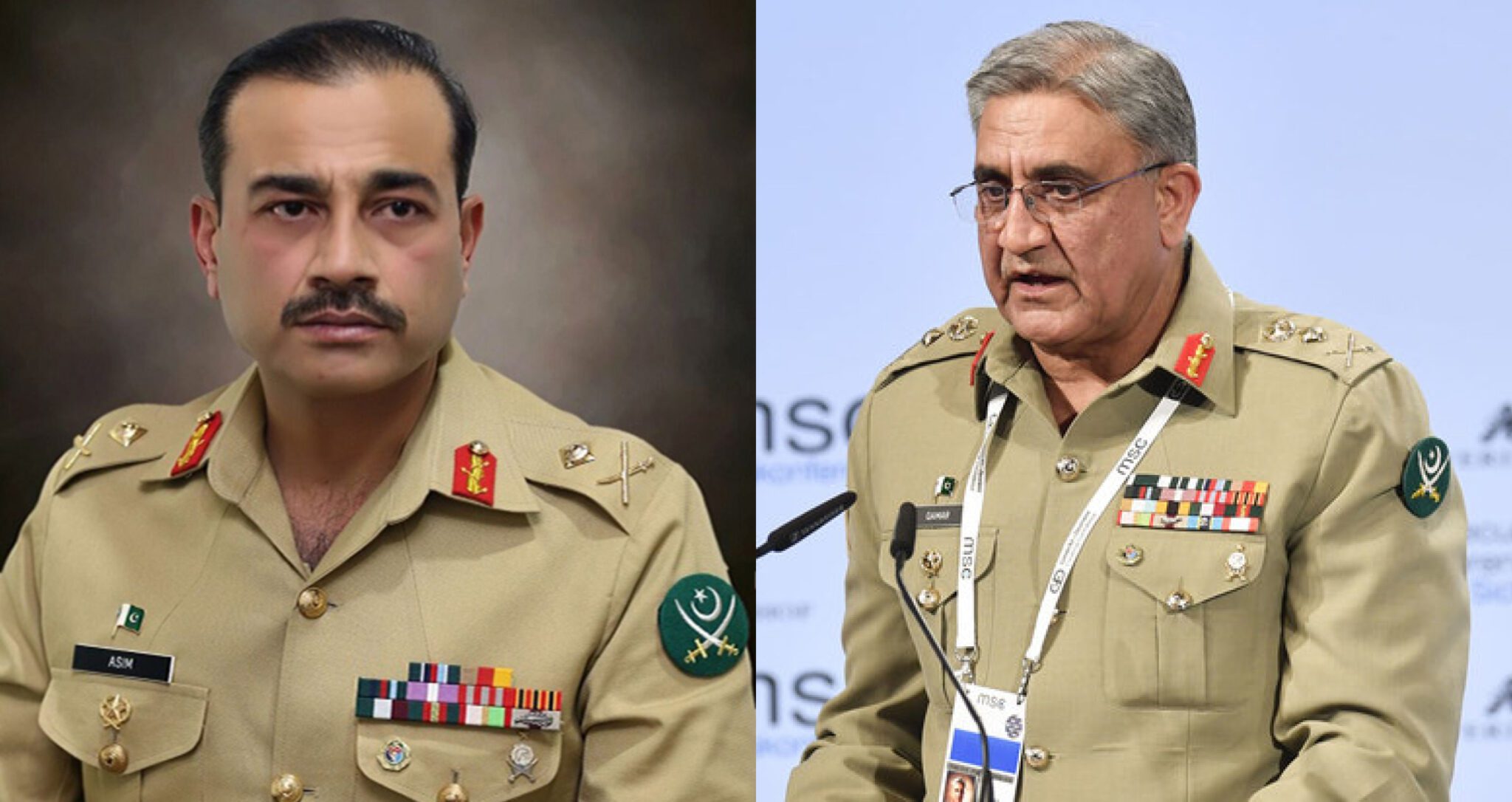Army Change Of Command Ceremony Regulation
Army Change of Command Ceremony: A Time-Honored Tradition
One of the most significant events in the military is the change of command ceremony. This ceremony marks the transition of leadership from one commanding officer to another, ensuring a smooth and seamless transfer of authority. The U.S. Army, known for its rich traditions, places great importance on this event, as it embodies the values of honor, integrity, and professionalism.
The Significance of the Change of Command Ceremony
The change of command ceremony serves multiple purposes within the military context. Primarily, it symbolizes continuity of leadership and reinforces the chain of command. It ensures the uninterrupted flow of operations and maintains the morale and accountability of troops. Additionally, the ceremony instills a sense of pride, loyalty, and commitment in soldiers by emphasizing the significance of their role in the larger organization.

In the image: U.S. Army South conducts change of command ceremony, Rudesheim takes
The Tradition of Change of Command Ceremonies
The change of command ceremony is deeply rooted in military history and tradition. It dates back to ancient times when kings and lords handed over leadership roles to their successors. In the U.S. Army, this practice has been upheld since the Revolutionary War. Today, the ceremony involves a formal transfer of authority, marked by the passing of the organizational colors from the outgoing commander to the incoming commander.
During the change of command ceremony, the unit assembles in formation, presenting a show of unity and discipline. The commanding officer delivers remarks, reflecting on their time in command and expressing gratitude to their soldiers. The incoming commander then addresses the unit, outlining their vision and expectations for the future. This seamless transition not only ensures continuity but also paves the way for new ideas and strategies.
![DVIDS - Images - Change of command ceremony [Image 1 of 5]](https://d1ldvf68ux039x.cloudfront.net/thumbs/photos/1502/1773204/1000w_q95.jpg)
In the image: DVIDS - Images - Change of command ceremony [Image 1 of 5]
Preserving Unit Identity and Cohesion
Change of command ceremonies play a pivotal role in preserving unit identity and cohesion. Each unit has its own unique traditions, symbols, and history. The ceremony provides an opportunity to showcase these elements and reinforce the unit's pride and camaraderie. By upholding these traditions, soldiers forge a strong bond and a shared sense of purpose.
Moreover, the change of command ceremony builds trust and confidence among soldiers. Witnessing a smooth transition of leadership reassures them that the unit's mission and values remain steadfast. It fosters a sense of stability and enables soldiers to focus on their duties with renewed dedication.
The Importance of Change of Command Regulations
Change of command ceremonies are guided by regulations to ensure consistency and uphold military standards. The Army Regulation 600-20, Army Command Policy, provides comprehensive guidelines for executing these ceremonies. It covers various aspects, including the role of the presiding officer, the sequence of events, and the proper conduct of troops.
These regulations serve as a blueprint for both the outgoing and incoming commanders, as well as their staff. They help create a structured and well-coordinated ceremony, enabling everyone involved to understand their roles and responsibilities. Adhering to regulations also ensures that the ceremony reflects the Army's values, professionalism, and attention to detail.
Subheading 1: The Evolution of Change of Command Ceremonies
Over the years, change of command ceremonies have evolved to adapt to modern military practices while preserving their traditional essence. One notable change is the increased emphasis on transparency and inclusivity. Modern ceremonies often invite families, friends, and distinguished guests to witness the event, recognizing their support and involvement in the lives of soldiers.
Furthermore, technology has played a significant role in modernizing change of command ceremonies. Live streaming and recording capabilities allow soldiers' loved ones, stationed elsewhere, to participate virtually. This innovation ensures that no one is left out and reinforces the Army's commitment to fostering strong connections between soldiers and their families.
Subheading 2: Famous Change of Command Ceremonies in History
Throughout history, several change of command ceremonies have garnered attention due to their unique circumstances or the distinguished individuals involved. These ceremonies not only exemplified the seamless transition of command but also showcased the leadership qualities required in times of great challenge.
- George Washington's Farewell: On December 23, 1783, General George Washington resigned his commission as commander-in-chief of the Continental Army. His farewell to his officers at Fraunces Tavern in New York City marked the end of the Revolutionary War and set a precedent for peaceful transfers of power.
- General Douglas MacArthur's Dismissal: In 1951, amidst the Korean War, President Harry S. Truman dismissed General Douglas MacArthur from his command. The change of command ceremony represented a significant shift in military strategy and underscored the principle of civilian control over the military.
- The Berlin Wall Change of Command: Following the fall of the Berlin Wall in 1989, a symbolic change of command ceremony took place. U.S. Army General James R. Abrams, son of General Creighton W. Abrams, received a piece of the Berlin Wall as he assumed command of the Berlin Brigade. This poignant ceremony marked the end of an era and celebrated the reunification of Germany.
Subheading 3: FAQs about Change of Command Ceremonies
Q: Who is responsible for organizing a change of command ceremony?
A: The responsibility for organizing a change of command ceremony usually falls on the outgoing commander and their staff. They work closely with the protocol office to ensure all necessary arrangements are made.
Q: Are change of command ceremonies open to the public?
A: Change of command ceremonies vary in terms of their accessibility to the public. While many ceremonies are open to family, friends, and distinguished guests, some may have restricted access due to security or operational considerations.
Q: What happens during the passing of the organizational colors?
A: The passing of the organizational colors is a symbolic act representing the transfer of authority. The outgoing commander hands over the colors, which represent the unit's history and identity, to the senior officer present. The senior officer then presents the colors to the incoming commander, signifying the official assumption of command.
Q: How long does a change of command ceremony typically last?
A: The duration of a change of command ceremony can vary depending on the unit and the specific circumstances. Generally, these ceremonies last between 30 minutes to an hour, including remarks from the outgoing and incoming commanders.
Q: Can soldiers attend the change of command ceremony in civilian clothes?
A: No, soldiers are expected to attend the change of command ceremony in their military uniforms, unless otherwise specified in the official guidance or due to specific circumstances.
Conclusion
The change of command ceremony represents the essence of military service: the seamless transition of leadership, preservation of traditions, and the unyielding commitment to the mission. It is a time-honored tradition that strengthens unit cohesion, inspires confidence, and ensures a smooth transfer of authority. By upholding these ceremonies and following the Army's regulations, the U.S. Army continues to reinforce its values and honor the brave men and women who serve.
Army Change Of Command Ceremony: Details About Jamie's Big Day | Army
 Image Source : www.pinterest.com
Image Source : www.pinterest.com change army ceremony whimsicalseptember military reception
DVIDS - Images - Change Of Command Ceremony [Image 1 Of 5]
![DVIDS - Images - Change of command ceremony [Image 1 of 5]](https://d1ldvf68ux039x.cloudfront.net/thumbs/photos/1502/1773204/1000w_q95.jpg) Image Source : www.dvidshub.net
Image Source : www.dvidshub.net The Lipperts In Korea: Hail And Farewell: Eighth Army Change Of Command
 Image Source : lippertsinkorea.blogspot.com
Image Source : lippertsinkorea.blogspot.com army change ceremony command eighth hail farewell champoux
DVIDS - Images - Change Of Command Ceremony [Image 16 Of 19]
![DVIDS - Images - Change of Command Ceremony [Image 16 of 19]](https://d1ldvf68ux039x.cloudfront.net/thumbs/photos/1607/2740454/1000w_q95.jpg) Image Source : www.dvidshub.net
Image Source : www.dvidshub.net Pak Army Change Command Ceremony - Rockedge
 Image Source : rockedge.pk
Image Source : rockedge.pk Pakistan Army’s Change Of Command Ceremony On Nov 29
 Image Source : www.nation.com.pk
Image Source : www.nation.com.pk The Lipperts In Korea: Hail And Farewell: Eighth Army Change Of Command
 Image Source : lippertsinkorea.blogspot.com
Image Source : lippertsinkorea.blogspot.com army change command ceremony ltg eighth hail farewell vandal
U.S. Army South Conducts Change Of Command Ceremony, Rudesheim Takes
 Image Source : www.army.mil
Image Source : www.army.mil army south ceremony change command rudesheim maj conducts takes gen frederick states united
The lipperts in korea: hail and farewell: eighth army change of command. Pakistan army’s change of command ceremony on nov 29. The lipperts in korea: hail and farewell: eighth army change of command. Army change ceremony command eighth hail farewell champoux. Army change of command ceremony: details about jamie's big day